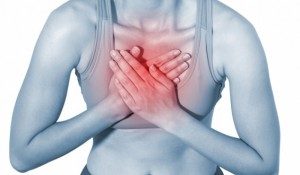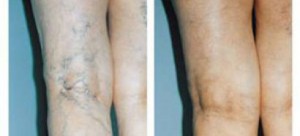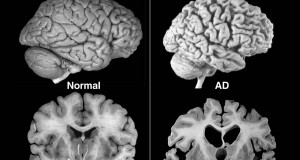Chronic pain is one of the most common symptoms for which patients report to a doctor. It can be manifested at any place, starting from the neck and chest to the upper abdomen, to be of varying intensity, character and duration. The pain can be manifested as:
 Acute pain;
Acute pain;
Faucet pain;
Stabbing pain;
Bowling pain;
Painful feeling of constriction and pressure in the chest;
Disgusting pain;
Breaking pain.
What are the most common causes of chest pain?
When chest pain occurs, a heart attack is primarily thought of as a heart attack. But, besides the heart, a source of chest pain can be any other tissue or organ in the chest, including the lungs, esophagus, chest muscles, ribs, and nerves. Depending on the cause, chest pain is often accompanied by other symptoms that help in establishing an accurate diagnosis.
The most common causes of chest pain are:
Cardiovascular system
Angina pectoris (chest pain caused by cardiac muscle ischaemia). It is a matter of chest pain caused by insufficient supply of the heart with the required amount of nutrients and oxygen, most often due to atheromatous narrowing of the coronary arteries (the blood vessels that feed the heart). Provocative factors can be excitement, stress, physical exertion (sex, accelerated walking, running, climbing stairs), getting cold, cold wind, etc. The pain recedes during rest and most often this condition does not cause irreversible damage to the heart tissue. Except in the central part of the chest, the pain can spread to the jaw, neck, back, shoulders (more often left) or along the left arm, and can be transmitted with fear, pallor, tachycardia, increased blood pressure (less commonly) with sweat and other.
Myocardial infarction (heart attack). This condition occurs due to a reduction in blood flow through the coronary vessels that causes irreversible change in heart tissue (cardiac deaths). Despite the great resemblance to angina pain, pain in a heart attack is more intense, lasts longer and does not retreat during rest.
Aortic dissection. It is a life-threatening condition in which the aortic wall (the main artery of the heart) breaks down and the blood pumps out between the layers, causing the aorta to break off, which is followed by very strong tearing pain in the front of the thorax.
Myocarditis. Inflammation of the heart muscle except chest pain is manifested by fever, breathing problems, fatigue, malaise. Often the pain in myocarditis is similar to pain in a heart attack.
Pericarditis. Inflammation of the pericardium (the wrap around the heart) is accompanied by chest pain that resembles pain in a heart attack. It is a sharp pain that spreads to the upper part of the neck and shoulder. The pain is highlighted by inhalation, swallowing or lying on the back, and it may falsely disappear if the body is in a sitting position and pointed forward.
Hypertrophic cardiomyopathy. In this condition, despite chest pain, there is a lack of air, malaise, dizziness and other symptoms.
Lungs
Pneumonia. Infection of the lung is manifested by fever, fever, productive cough (spleen cough), and often chest pain can be of varying quality and intensity.
Pleuritis. Inflammation of the pleura (lungs) is often transmitted by chest pain that is exacerbated by inhalation, coughing or sneezing.
Pulmonary embolism. It is a condition in which a clot (clothed blood) travels through the circulation and engages in the blood vessels of the lungs. In this disease, besides chest pain, there is difficulty breathing and accelerated heart rate.
Pulmonary hypertension. High blood pressure in the pulmonary vessels may be the cause of chest pain.
Asthma. This disease is characterized by airway inflammation and manifests itself with lack of air, wheezing (hypodermal breathing), cough and, in certain cases, chest pain.
Pneumothorax. In this condition, a part of the lung tissue collapses and releases air into the chest. In this case chest pain is highlighted by inhalation.
Gastrointestinal system
Gastroesophageal reflux (GER). In this condition, the stomach contents return to the esophagus and causes burning pain in the area of the chest or throat.
Peptic ulcer. This condition is most commonly a burning pain that is more pronounced when the stomach is empty and calms after eating.
Problems with the gallbladder. If you have a problem with the gallbladder, after a fat-rich meal, chest pain occurs most often in the right lower part of the chest.
Pancreatitis. Pancreatic inflammation causes pain in the lower part of the chest that is exacerbated in a resting position, and improves if the body is in a sitting position and the upper half is tilted forward.
Medical Disclaimer
The Content is not intended to be a substitute for professional medical advice, diagnosis, or treatment. Always seek the advice of your physician or other qualified health provider with any questions you may have regarding a medical condition. Never disregard professional medical advice or delay in seeking it because of something you have read on this Website.
 EN.BabinLEK Cure yourself
EN.BabinLEK Cure yourself



